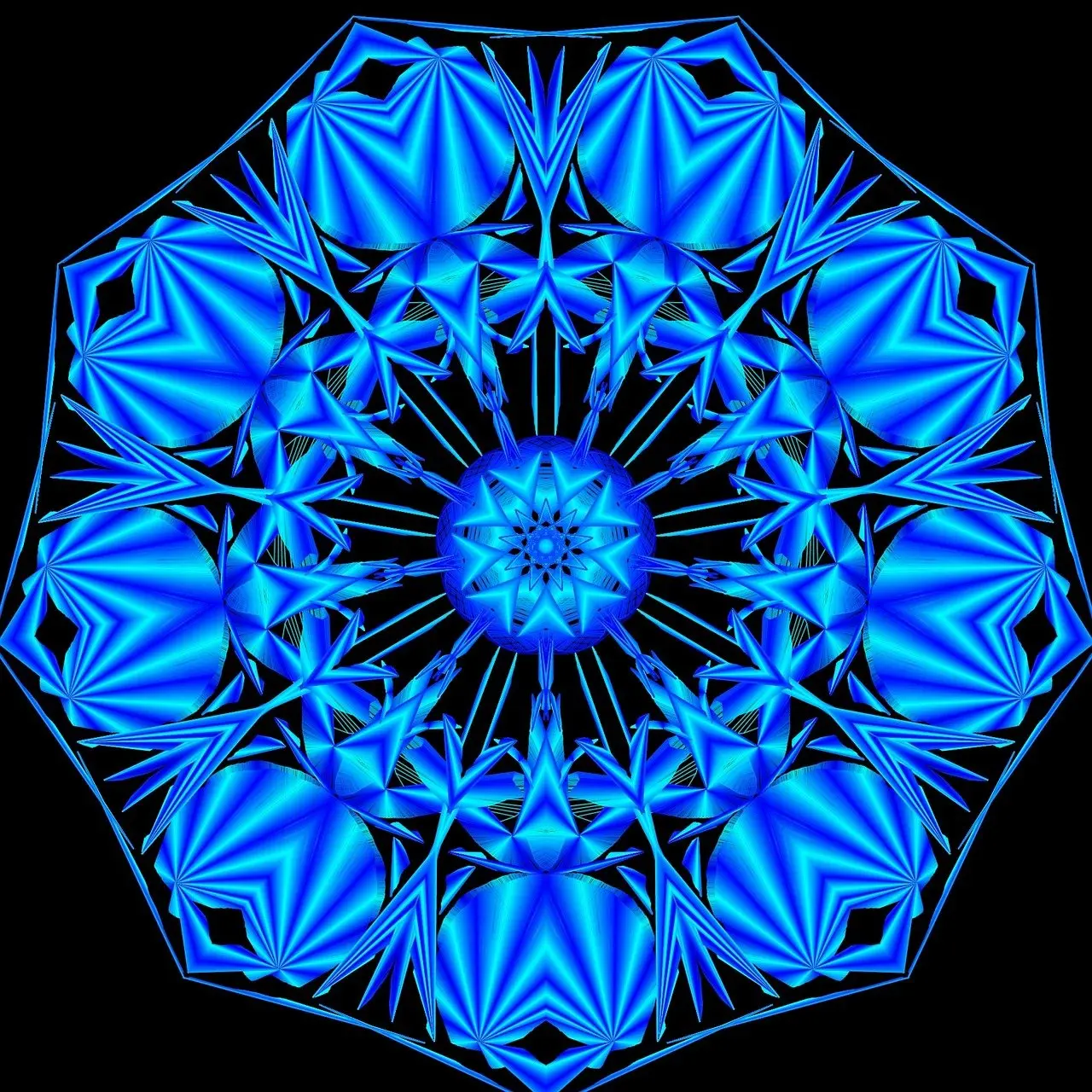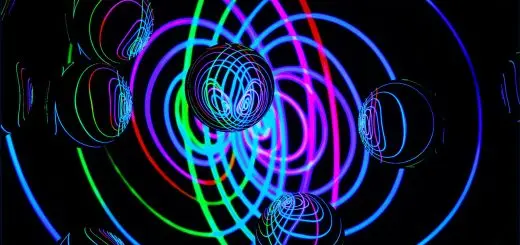Shamanism vs. Modern Spirituality: Key Differences and Similarities

Looking for more amazing products? Check out our online store and explore our collection here! Happy shopping!
Before diving in, please note: This post is for informational purposes only. If you’d like to know more about how we approach topics, feel free to check out our friendly Disclaimer Page.
Hey there, amazing readers! 
We’re committed to delivering quality posts, and your support (even just sticking around despite the ads) means everything to us. So, bear with us, and thanks for helping us keep the good vibes rolling. Now, on to the fun stuff!
TRANSLATE BUTTON AT THE END OF THE ARTICLE
Shamanism and modern spirituality are two distinct yet interconnected aspects of the spiritual landscape.
Both offer paths to personal growth, healing, and understanding of the metaphysical world, but they arise from different historical, cultural, and conceptual roots.
This article explores the key differences and similarities between shamanism and modern spirituality, providing a comprehensive comparison to highlight their unique features and overlapping elements.
Introduction
Shamanism is an ancient spiritual practice that dates back thousands of years, rooted in indigenous traditions and rituals.
Modern spirituality, on the other hand, is a contemporary and eclectic movement that often incorporates elements from various traditions, including shamanism.
Understanding the distinctions and commonalities between these two approaches can provide deeper insights into their practices, philosophies, and applications.
Key Differences
1. Historical and Cultural Context
Shamanism:
Ancient Roots: Shamanism is one of the earliest known spiritual practices, with origins in prehistoric times.
It is deeply embedded in the cultural and historical contexts of indigenous communities worldwide.
Cultural Specificity: Traditional shamanic practices are often specific to particular cultures and regions, such as Siberian, Native American, or Amazonian shamanism.
Each tradition has its unique rituals, symbols, and beliefs.
Modern Spirituality:
Contemporary Origins: Modern spirituality emerged in the 20th century, influenced by New Age movements, eclectic spiritual practices, and a growing interest in alternative healing and personal growth.
Eclectic and Global: Unlike traditional shamanism, modern spirituality often draws from a wide range of spiritual and philosophical traditions, including Eastern philosophies, Western mysticism, and indigenous practices.
It is less tied to specific cultural or historical contexts.
2. Practitioner Roles and Training
Shamanism:
Role of the Shaman: In traditional shamanic practices, the shaman is a central figure, often chosen by spiritual means or through a rigorous process of initiation.
Shamans are viewed as intermediaries between the human and spirit worlds, performing healing and divination.
Rigorous Training: Becoming a shaman typically involves extensive training within a specific cultural framework, including learning rituals, spiritual lore, and the use of sacred tools.
Modern Spirituality:
Diverse Practitioners: Modern spirituality does not have a universally defined role for practitioners.
Individuals may identify as spiritual guides, healers, or simply practitioners of personal spirituality without formal training.
Accessible Learning: Training in modern spirituality is often more accessible and varied.
It may include workshops, online courses, books, and personal exploration, allowing individuals to integrate practices from various traditions.
3. Rituals and Practices
Shamanism:
Traditional Rituals: Shamanic rituals are typically elaborate and culturally specific, involving ceremonies, drumming, chanting, and the use of ritual objects like masks and totems.
These rituals aim to communicate with spirits, seek guidance, and effect healing.
Trance States: Shamans enter altered states of consciousness through drumming, dancing, or psychoactive substances to journey into the spirit world and perform their work.
Modern Spirituality:
Eclectic Practices: Modern spirituality often incorporates a wide range of practices, including meditation, yoga, energy healing, and visualization.
Practices may be adapted from various traditions or created anew by individuals.
Personal and Adaptable: Rituals in modern spirituality are generally more flexible and individualized, focusing on personal experience and self-improvement rather than adherence to traditional forms.
Key Similarities
1. Focus on Personal Growth and Healing
Shamanism:
Healing and Balance: Shamanic practices are deeply focused on healing, both physical and spiritual.
Shamans work to restore balance and harmony within individuals and communities, addressing issues such as illness, emotional distress, and spiritual imbalances.
Modern Spirituality:
Personal Development: Modern spirituality also emphasizes personal growth and healing, with practices aimed at enhancing self-awareness, emotional well-being, and spiritual enlightenment.
Techniques such as meditation, mindfulness, and energy work are commonly used.
2. Connection to the Spiritual Realm
Shamanism:
Spirit Communication: Central to shamanism is the belief in a spirit world that interacts with the physical realm.
Shamans engage with spirits, ancestors, and other spiritual entities to gain insights, provide guidance, and perform healing.
Modern Spirituality:
Spiritual Connection: Many modern spiritual practices involve a connection to higher spiritual realms, guides, or universal energy.
This may include seeking guidance from inner wisdom, universal consciousness, or spiritual beings.
3. Use of Symbolism and Rituals
Shamanism:
Symbolic Tools: Shamanism employs rich symbolism and ritual objects, such as drums, feathers, and ceremonial attire, which hold specific spiritual meanings and are used in rituals to facilitate spiritual experiences.
Modern Spirituality:
Symbolic Elements: Modern spirituality often incorporates symbols and ritual objects from various traditions, such as crystals, tarot cards, and sacred symbols, to enhance spiritual practices and personal rituals.
Conclusion
Shamanism and modern spirituality represent two distinct but interconnected paths within the broader spiritual landscape.
While shamanism is rooted in ancient, culturally specific practices with a focus on ritual and spirit communication, modern spirituality is a contemporary and eclectic movement that draws from a wide range of traditions and practices.
Both approaches share common goals of personal growth, healing, and spiritual connection, yet they differ in their historical contexts, practitioner roles, and ritual practices.
Understanding these differences and similarities allows individuals to appreciate the richness of each tradition and explore how they might integrate elements from both into their own spiritual journey.
Whether through traditional shamanic practices or modern spiritual techniques, the quest for personal and spiritual development continues to inspire and guide seekers across cultures and eras.

The Enlightenment Journey is a remarkable collection of writings authored by a distinguished group of experts in the fields of spirituality, new age, and esoteric knowledge.
This anthology features a diverse assembly of well-experienced authors who bring their profound insights and credible perspectives to the forefront.
Each contributor possesses a wealth of knowledge and wisdom, making them authorities in their respective domains.
Together, they offer readers a transformative journey into the realms of spiritual growth, self-discovery, and esoteric enlightenment.
The Enlightenment Journey is a testament to the collective expertise of these luminaries, providing readers with a rich tapestry of ideas and information to illuminate their spiritual path.
Our Diverse Expertise
While our primary focus is on spirituality and esotericism, we are equally passionate about exploring a wide range of other topics and niches 

To ensure we provide the most accurate and valuable insights, we collaborate with trusted experts in their respective domains 
Our blog originally focused on spirituality and metaphysics, but we’ve since expanded to cover a wide range of niches. Don’t worry—we continue to publish a lot of articles on spirituality! Frequently visit our blog to explore our diverse content and stay tuned for more insightful reads.
Hey there, amazing reader! 
Check out our store here and take a peek at some of our featured products below! Thanks for being awesome!












